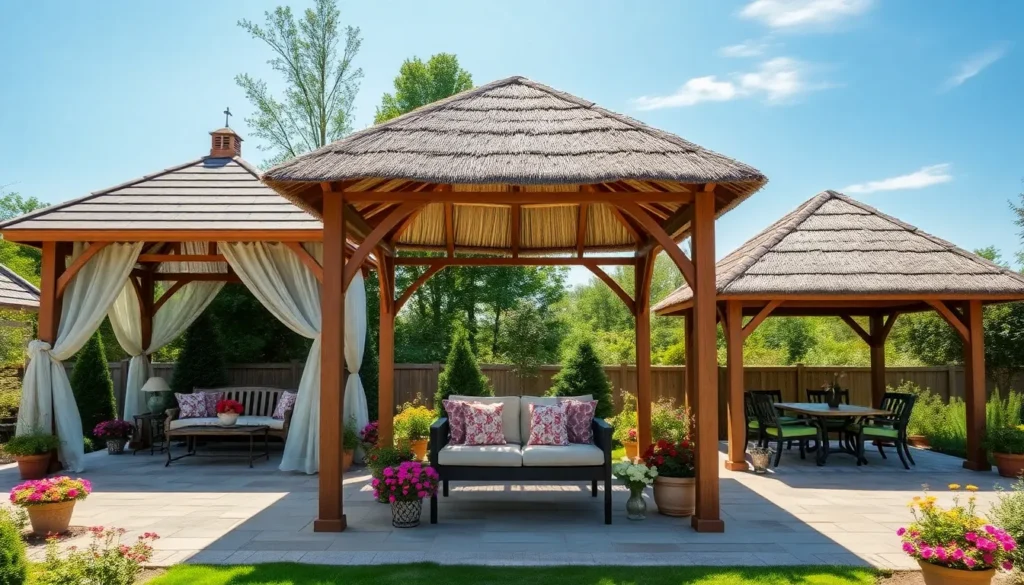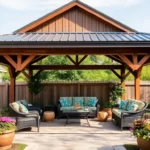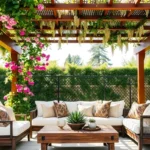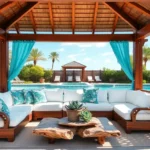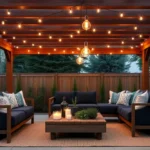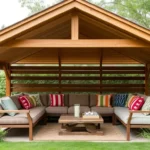Creating the perfect outdoor haven begins with choosing the right gazebo roof style, a decision that can transform your backyard into a cherished retreat. Whether you’re a novice just exploring the potential of your outdoor space or a seasoned homeowner looking to enhance your patio’s allure, understanding your options is key to crafting an inviting and functional area that reflects your personal style.
In this guide, we’ll navigate through the diverse world of gazebo roof styles, highlighting their unique benefits and helping you pinpoint the ideal choice for your home. From classic gable to modern flat designs, you’ll discover how each style can influence the ambiance and utility of your outdoor living space. Get ready to embark on a journey that promises to elevate your backyard experience, making it the go-to spot for relaxation and entertainment.
Evaluate Your Climate Needs
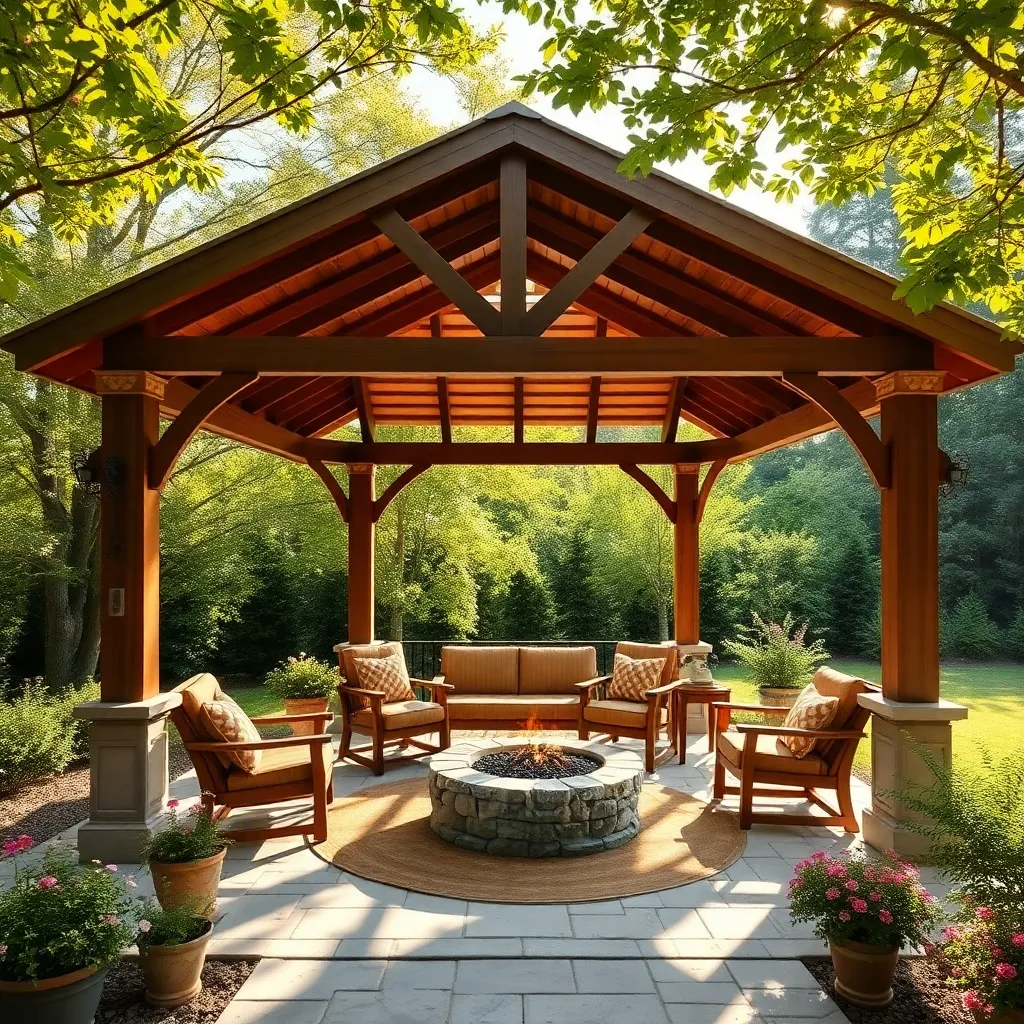
When choosing a gazebo roof style, it’s crucial to first consider the climate in your area to ensure the structure effectively withstands local weather conditions. For regions with heavy snowfall, a steeply pitched roof is ideal, as it helps snow slide off easily, reducing weight on the structure. In areas prone to heavy rain, opt for roofs made from water-resistant materials like metal or treated wood to prevent water damage and prolong the gazebo’s lifespan.
For those living in particularly sunny climates, selecting a roof material that offers UV protection, such as polycarbonate panels, can keep your gazebo cooler and protect against sun damage. Additionally, incorporating a ventilated roof design can enhance airflow, providing a more comfortable environment during hot months. Remember to incorporate local building codes and guidelines into your design, ensuring your gazebo is not only functional but also compliant with regulations.
Identify Preferred Roof Shape
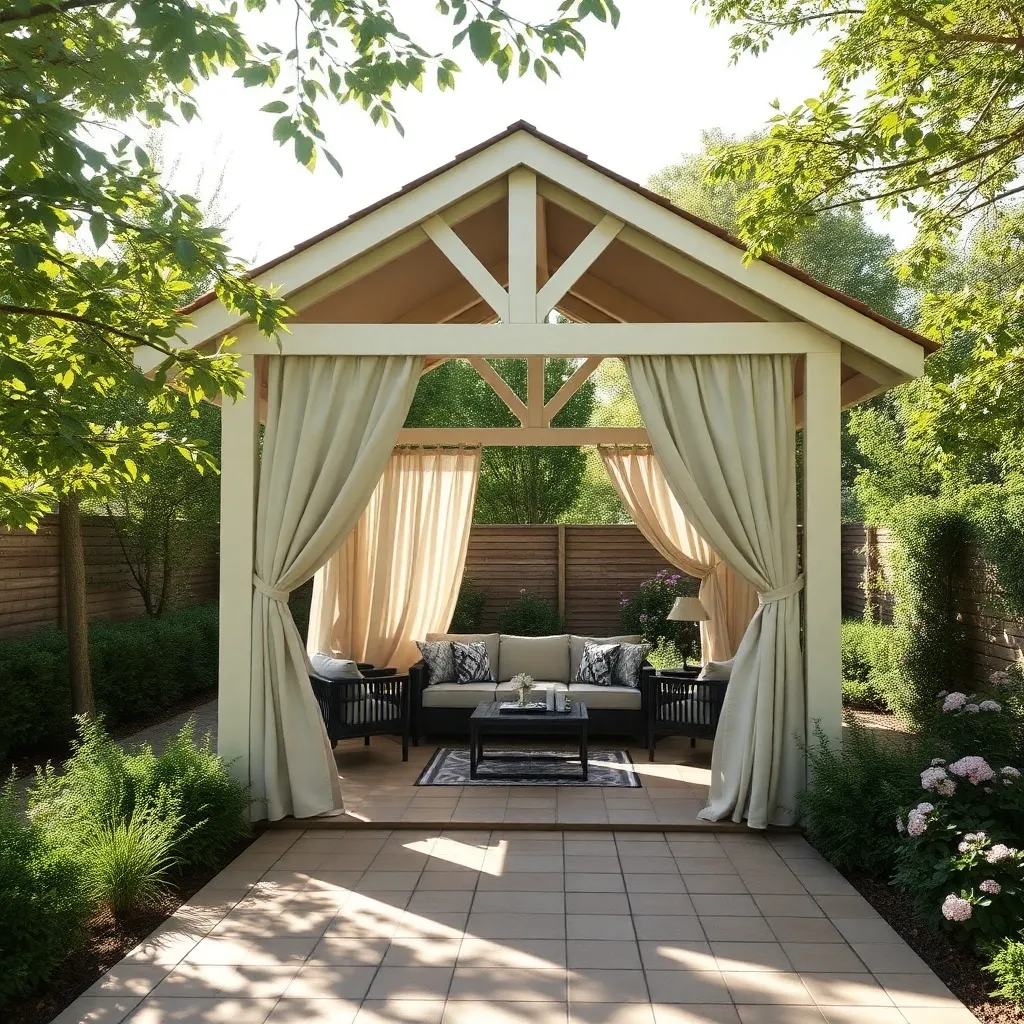
Choosing the right roof shape for your gazebo is crucial in balancing aesthetics, functionality, and durability. For those in regions with heavy rainfall or snow, a steeply pitched roof like a gable or hip design is ideal. These shapes effectively shed water and snow, reducing stress on the structure. Opt for durable materials such as metal or asphalt shingles, which offer longevity and weather resistance. Beginners can start with a simple gable design, while more advanced DIYers might explore the complex lines of a hip roof for added visual interest.
In contrast, if you’re in a warmer, arid climate, consider a flat or slightly sloped roof to provide ample shade without trapping heat. Materials like polycarbonate panels or fabric canopies allow for ventilation while still offering sun protection. Ensure your roof structure incorporates a slight pitch to facilitate water runoff, preventing pooling. For a touch of elegance, advanced builders might integrate a pergola-style design with climbing plants, adding both beauty and natural cooling to the space. Whatever the climate, prioritizing the right roof shape will enhance your gazebo’s performance and aesthetic appeal.
Consider Material Durability
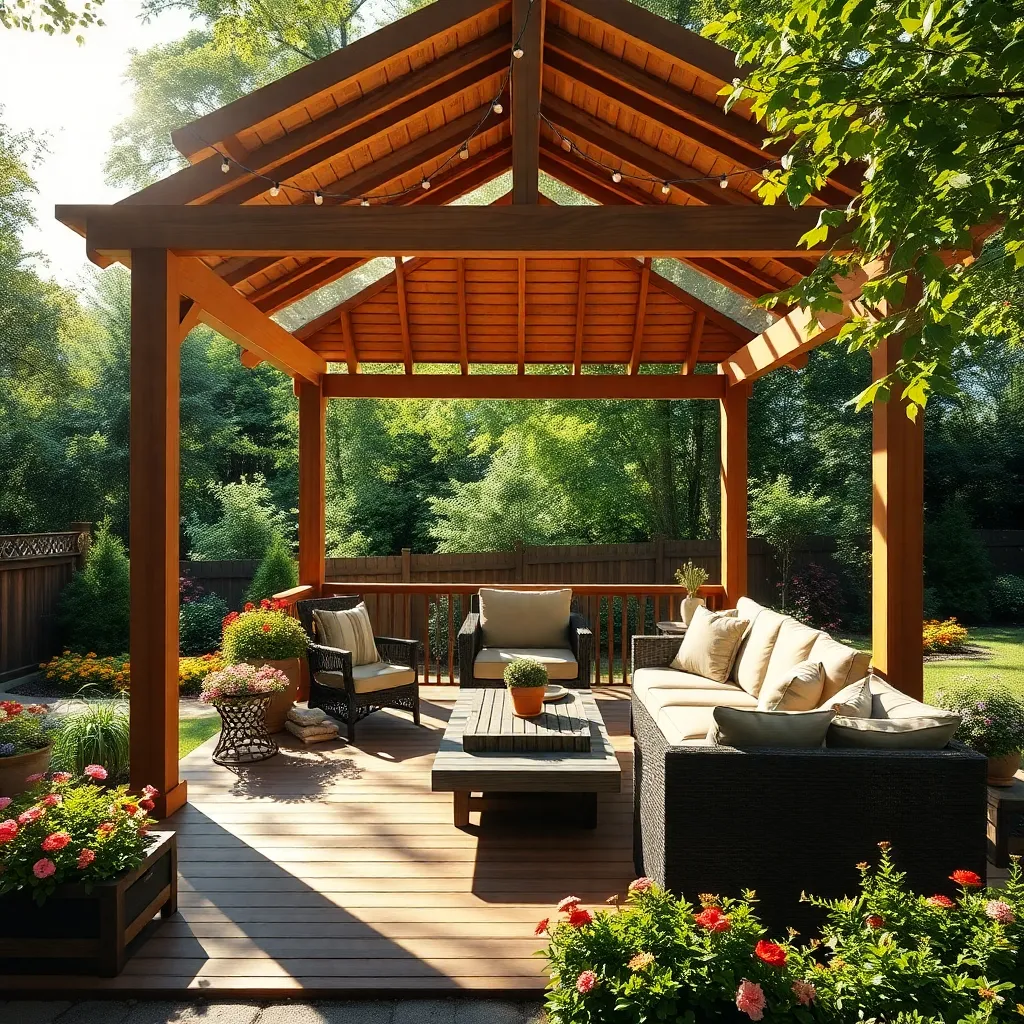
When selecting the material for your gazebo roof, it’s crucial to consider durability to ensure longevity and minimal maintenance. Common materials like wood, metal, and polycarbonate each offer distinct benefits and challenges. Wood provides a natural aesthetic and can be treated to resist weathering, but requires regular maintenance. Metal, such as steel or aluminum, offers exceptional durability and is often coated to prevent rust, making it suitable for various climates. Polycarbonate is a lightweight option that’s highly resistant to impact and UV rays, ideal for those seeking a low-maintenance solution.
For those in regions with heavy snowfall or high winds, it’s advisable to opt for a stronger material like metal or reinforced polycarbonate to withstand harsh conditions. Consider the gazebo’s pitch and drainage features; a steeper pitch will naturally shed snow and rain more effectively, reducing stress on the roof material. Additionally, ensure that all fasteners and joints are corrosion-resistant to prevent deterioration over time. Whether you’re a beginner or a seasoned DIY enthusiast, these considerations will help you select a durable roof that complements your outdoor space beautifully.
Assess Aesthetic Preferences
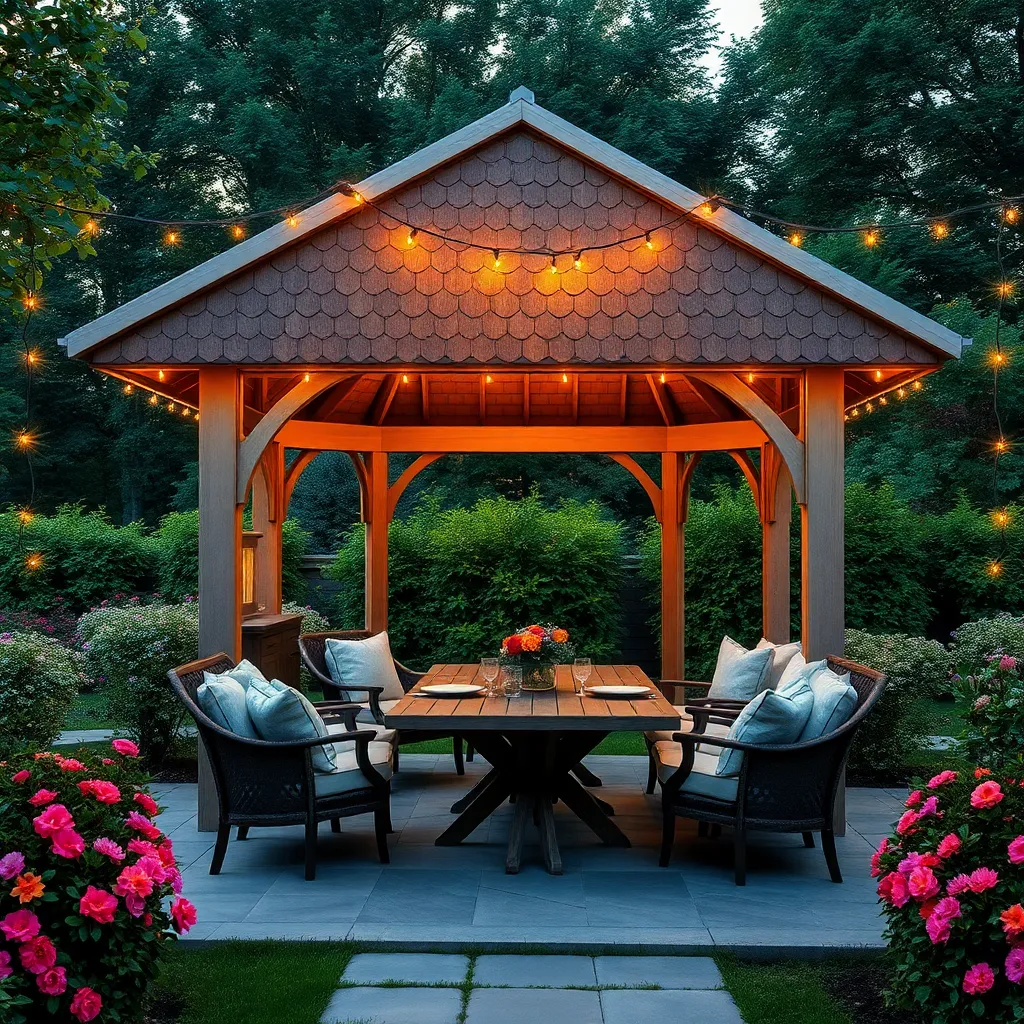
When selecting a gazebo roof style, it’s essential to align it with your aesthetic preferences to ensure harmony with your outdoor environment. Begin by considering the architectural style of your home and garden. For a modern look, opt for sleek, minimal designs using materials like metal or glass. If you prefer a more traditional appearance, consider using wooden shingles or a thatched roof. These materials not only enhance the charm but also blend seamlessly with rustic landscapes.
Consider the color and finish of the roof as well, as these can significantly impact the overall appearance of your gazebo. Choose hues that complement or contrast beautifully with your home’s exterior for a cohesive look. For added flair, integrate design elements such as decorative trim or intricate roof patterns. Advanced gardeners may explore incorporating environmentally friendly options like green roofs, which can add a layer of insulation and promote biodiversity. By carefully considering these elements, you can create a gazebo that truly reflects your personal style and enhances your outdoor living space.
Balance Budget and Quality
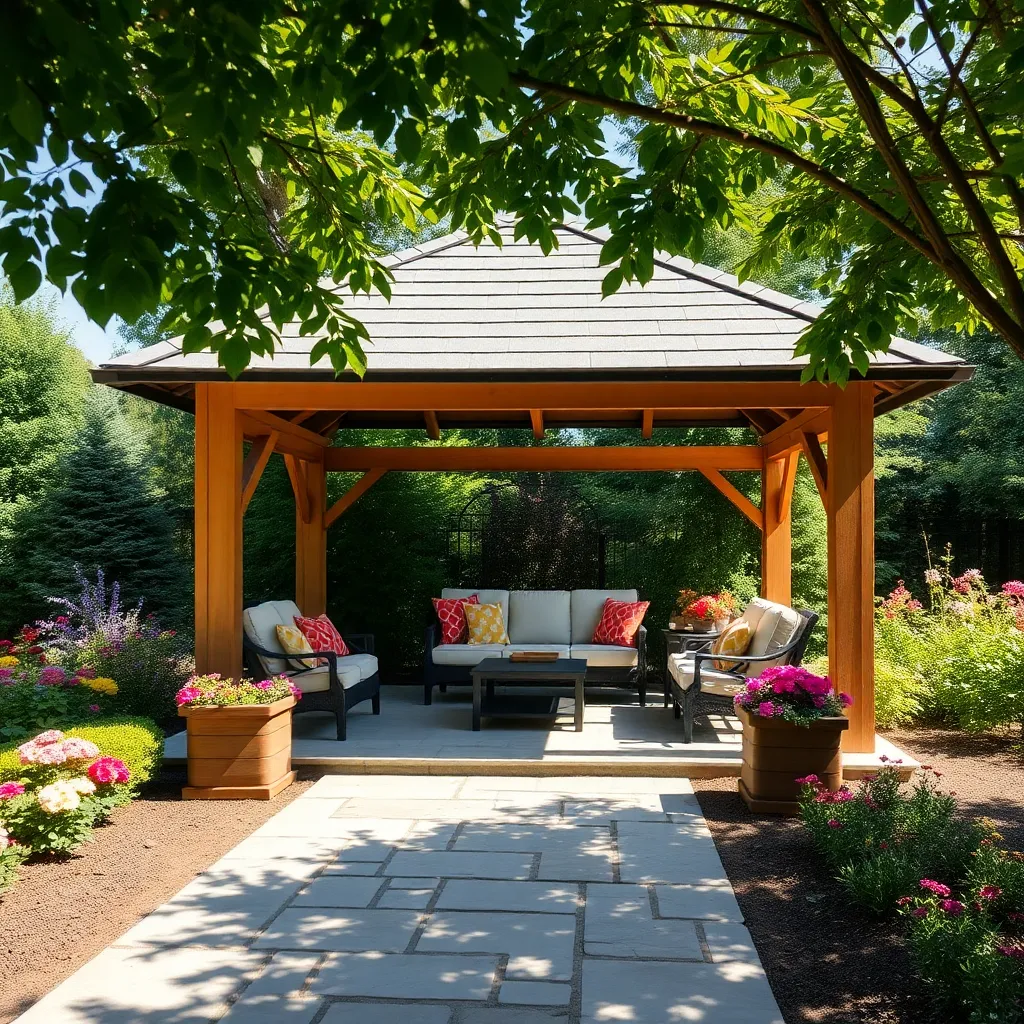
When balancing budget and quality for your gazebo roof, consider materials that offer durability without breaking the bank. Polycarbonate and metal roofs are excellent choices as they provide longevity and weather resistance. Polycarbonate is lightweight and blocks harmful UV rays, while metal offers a sleek, modern look and can withstand harsh weather. Opt for materials that require minimal maintenance to save on long-term costs. For a budget-friendly yet stylish design, consider a simple, sloped roof that efficiently sheds water and debris.
For those with a slightly higher budget, enhancing your gazebo’s aesthetic and functionality can be achieved by investing in quality craftsmanship and design elements. Incorporate wooden beams for a classic look, or use aluminum for a contemporary touch. To add character, consider decorative trim or a cupola on top. Ensure construction techniques are robust, such as using galvanized steel for fasteners to prevent rust. Beginners should focus on straightforward designs, while seasoned DIYers can explore more intricate styles to personalize their space. Remember, investing a bit more upfront can result in a structure that enhances your outdoor living for years.
Conclusion: Creating Beautiful Outdoor Spaces
In navigating the journey of choosing the right gazebo roof style, we’ve explored five key relationship concepts to enhance your decision-making process. Firstly, understanding your partner’s preferences is crucial; this ensures alignment in your choices. Secondly, communication is key—open discussions about practical needs versus aesthetic desires foster mutual understanding. Thirdly, compromise plays a vital role, allowing both parties to feel valued in the decision. The fourth concept is patience; taking the time to explore options together strengthens bonds. Lastly, shared vision helps you create a space that reflects your collective dreams and aspirations.
To take immediate action, schedule a date to visit local garden centers or browse online selections together, fostering a shared experience. Remember, nurturing your relationship is as important as choosing the right roof style. Bookmark this article now to revisit these valuable insights whenever you embark on a new project together.
As you move forward, let these principles guide your relationship, ensuring success in both your personal and shared endeavors. Your partnership can thrive when built on understanding, communication, and shared experiences. Here’s to creating beautiful spaces and even more beautiful memories together!

